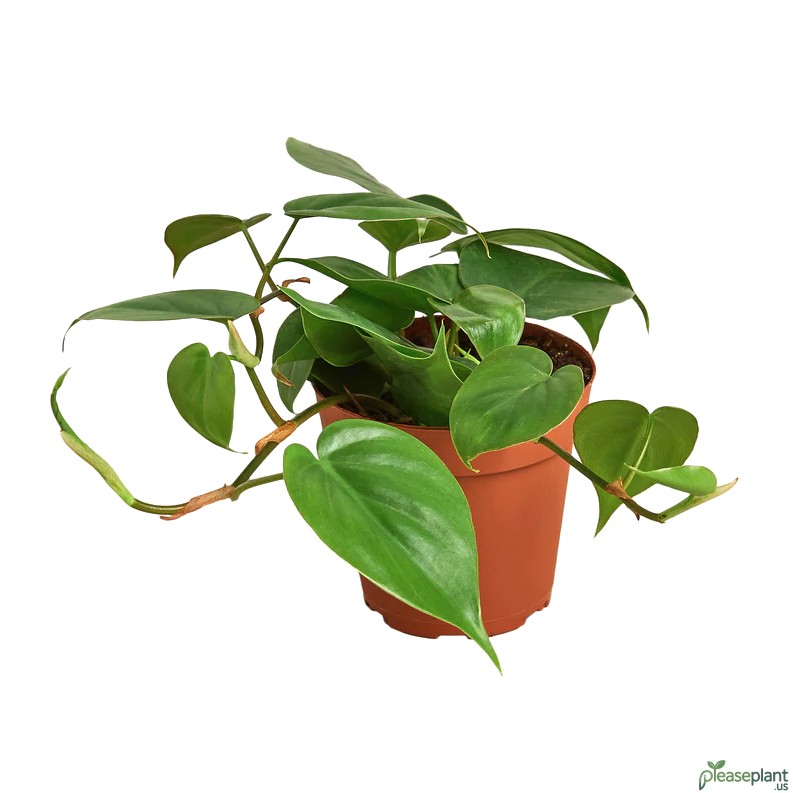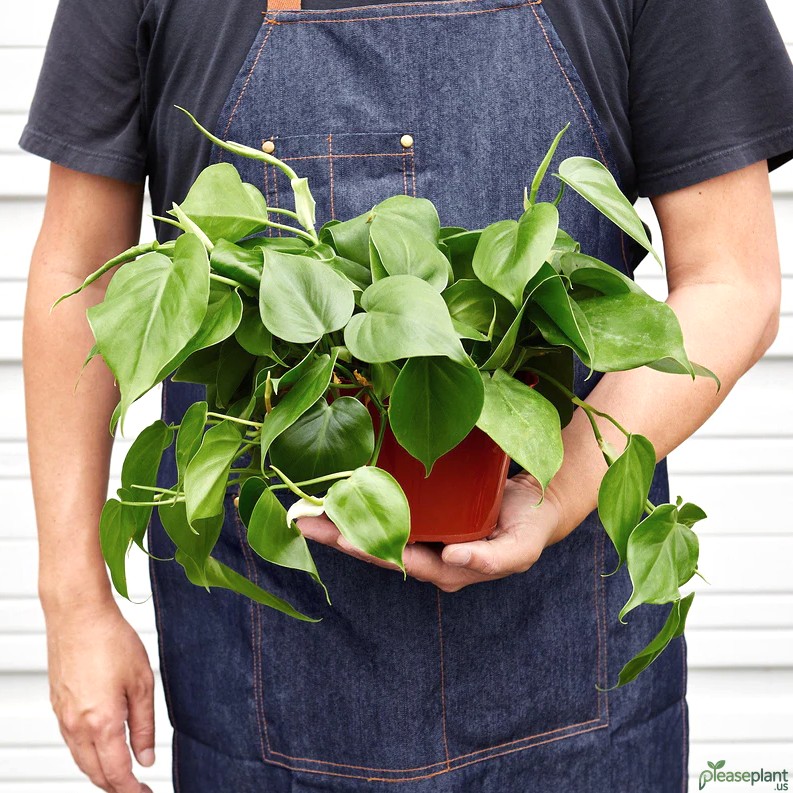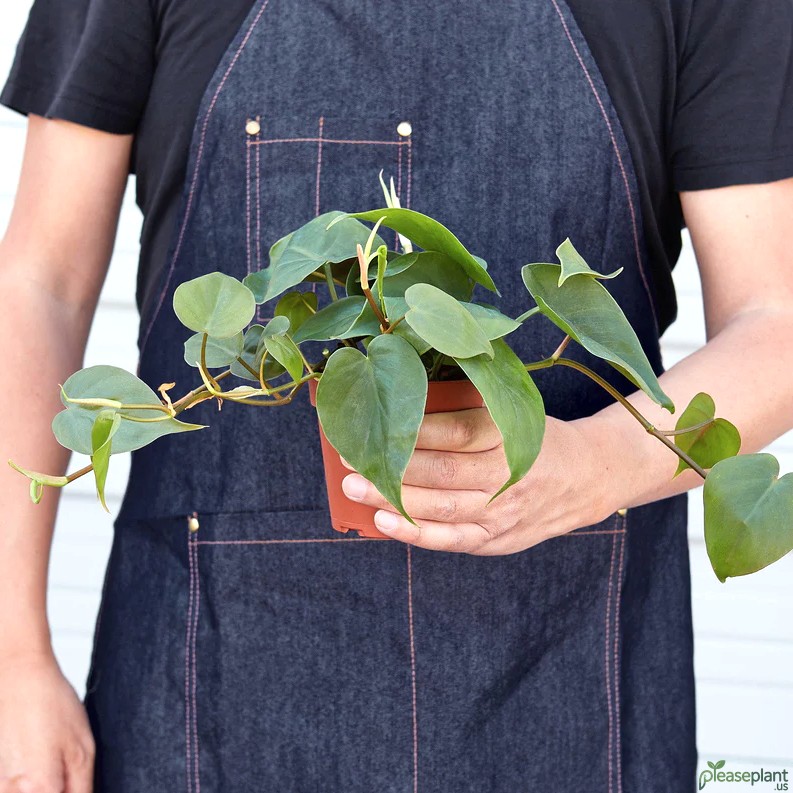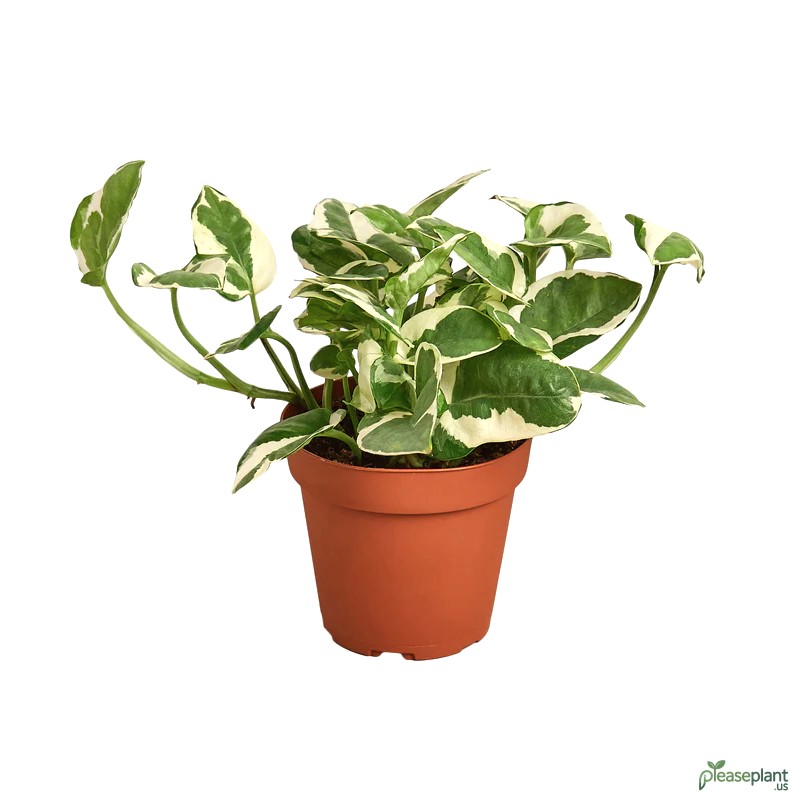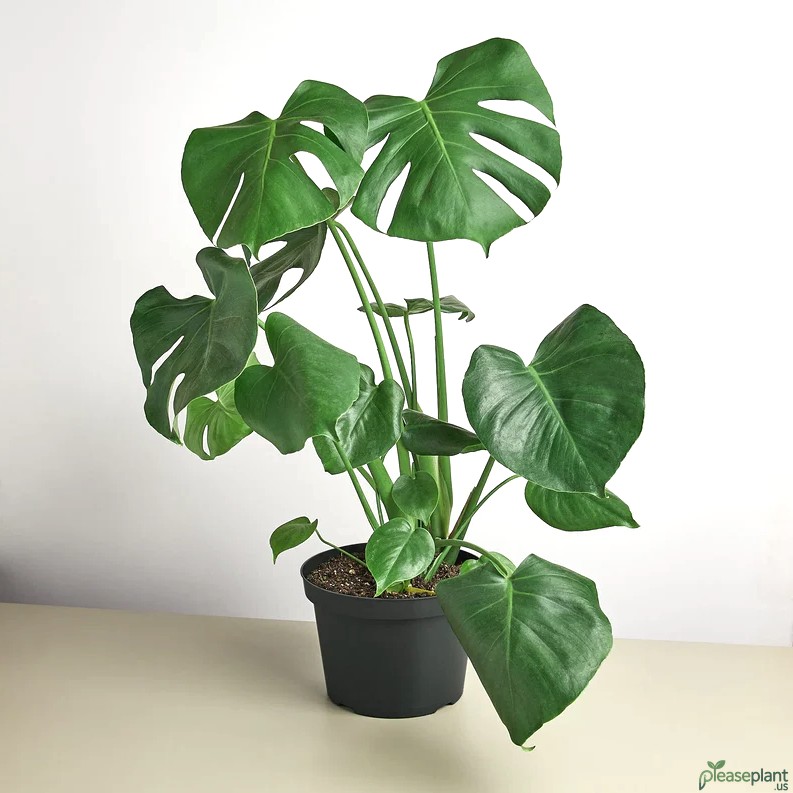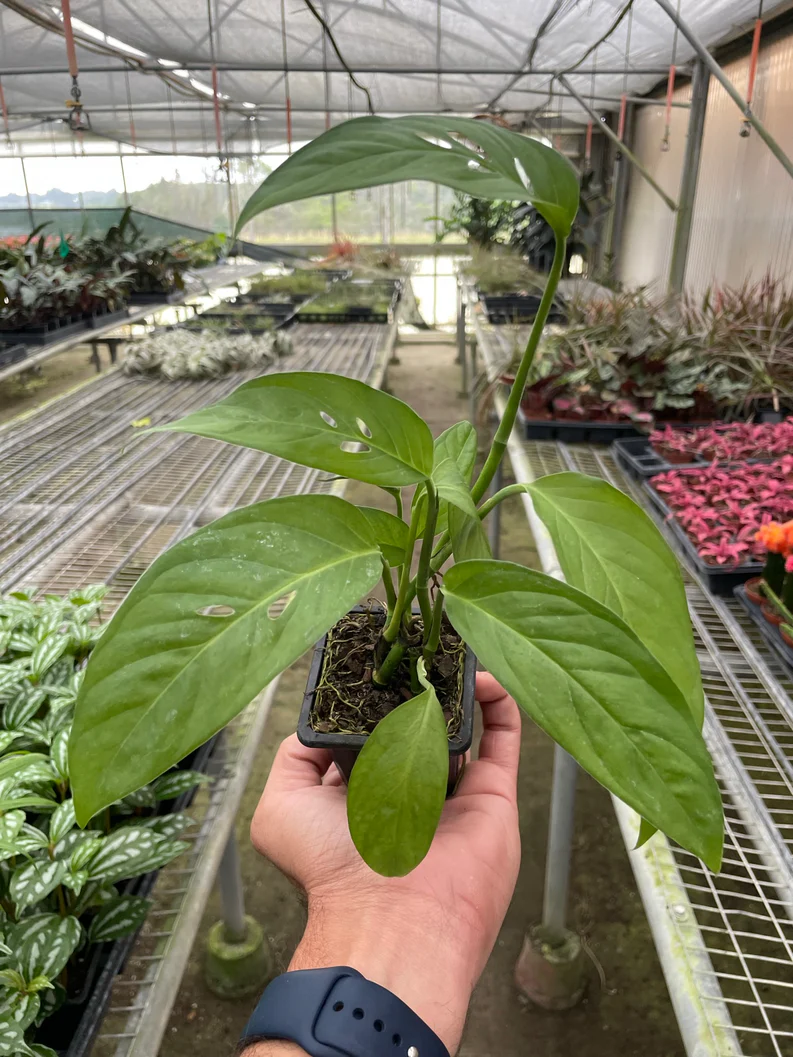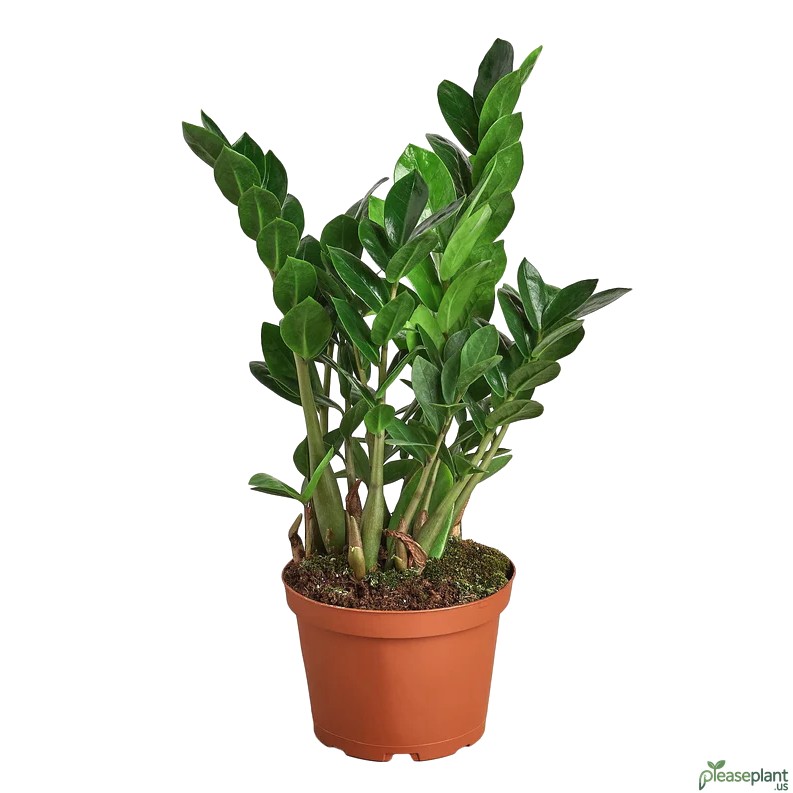If you've ever found yourself wondering about the difference between Philodendron Cordatum Heartleaf Plant and Pothos, you're not alone. These two are often mixed up by even seasoned plant lovers. Here, we'll dive into the subtle but important leaf differences, share some practical tips from years of growing these beauties, and help you decide which one deserves a spot on your windowsill. Spoiler: it's all about the leaf shape, texture, and growth habits. So, grab your gardening gloves and let's get into the leafy details!
Let Me Tell You About My Leafy Confusion
Years ago, when I first got into indoor gardening, I bought what I thought was a Pothos. Turns out, it was a Philodendron Cordatum Heartleaf Plant. I mean, who knew these two were so easy to mix up? Both have those charming heart-shaped leaves, but the devil's in the details. If you're like me and sometimes squint at your plants wondering "Is this Pothos or Heartleaf?", let's clear up that confusion.
What Sets The Philodendron Cordatum Heartleaf Plant Apart?
First off, the leaf texture. Heartleaf Philodendrons usually have softer, matte leaves that feel velvety to the touch, unlike the glossier surface on most Pothos varieties. Their leaves tend to be a bit thinner and more delicate. And if you look closely, the veins on the Philodendron leaves are more pronounced and run straighter, giving it a subtle but distinct look.
The Pothos Twist
Now, Pothos leaves are typically thicker, waxier, and shinier. Their heart shapes can be a bit more rounded and sometimes show variegation – splashes of white, yellow, or pale green. Another quirky thing I've noticed is Pothos tends to hold onto older leaves longer, even when they're turning yellow, which drives me a bit crazy when pruning.
Growth Habits: Slow and Steady vs. Rapid Climber
If you're impatient like me, Pothos usually grows faster. It aggressively climbs or trails, making it a favorite for hanging baskets or training up poles. The Philodendron Cordatum Heartleaf Plant, on the other hand, is a bit more laid back, growing steadily but not quite as voraciously. This can be a blessing if you prefer a more manageable houseplant that won't take over your shelf in weeks.
Caring for Your Green Friends
Both plants are forgiving and low maintenance, perfect for beginners. But keep in mind, Philodendron Cordatum prefers slightly warmer spots and indirect light, while Pothos can tolerate lower light better. Overwatering is a common mistake with both, so I always recommend letting the top inch of soil dry out before watering. And don't get me started on the occasional brown tips—humidity helps, but these plants are pretty tough.
Why Does Leaf Identification Matter?
Besides bragging rights at your next plant swap, knowing your Philodendron Cordatum Heartleaf Plant from a Pothos helps with proper care. For example, Pothos can handle a bit more neglect and has a better tolerance for low light, but if you're aiming for that velvety leaf texture and a slightly different vibe, Heartleaf is your go-to.
My Final Leafy Thoughts
So, whether you're team Pothos or team Philodendron Cordatum Heartleaf Plant, both bring charm and greenery to your space. The key is to learn their quirks and enjoy the leafy journey. And remember, if your leaves are looking a bit off, sometimes it's just them telling you they want a little more light or less water. Happy planting!

